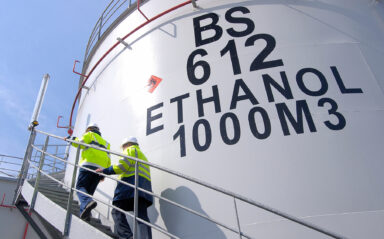
Ethanol: Associated hazards and safety measures
This article explores the risks associated with ethanol and outlines potential approaches to prevent and mitigate these hazards to ensure safety and prevent undesired events.
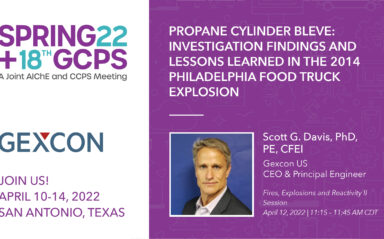
Learning from a propane cylinder BLEVE incident
Due to propane’s characteristics, there are safety-critical design features and procedures that should be implemented in the propane industry to ensure the safe use of propane.

Learning from ammonium nitrate explosion incidents
While extremely stable under most conditions, ammonium nitrate is also commonly stored in bulk quantities posing a risk if not properly protected against large fires. Despite knowing such risks, ammonium nitrate explosions have continued to occur in recent years.

Improving our understanding of hydrogen
During the 2022 Spring Meeting and 18th Global Congress on Process Safety, Gexcon US CEO & Principal Engineer Scott G. Davis, PhD, P.E., CFEI will present a paper entitled “Improving Our Understanding of Hydrogen through Testing and Advanced Modeling to Avoid Possible Pitfalls and Ensure Its Safe Use”.
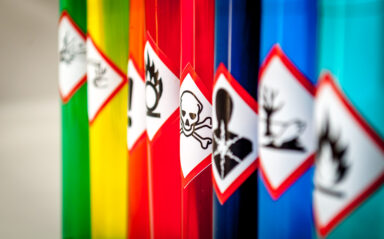
Why chemical properties are important
The physical state of the chemical and its typical properties are extremely important when evaluating a loss of containment scenario.
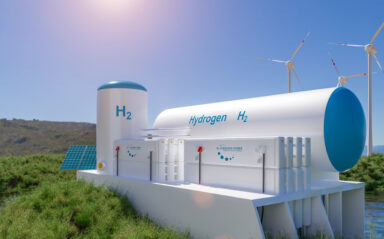
The safe use of hydrogen as an energy carrier
We can ensure the safe production, transportation, and usage of hydrogen by carefully considering its typical properties and associated safety aspects.

CO2, energy transition and champagne!
In an earlier blog, we talked about some energy carriers playing the main role in the energy transition, hydrogen, and ammonia. Strongly linked to that is also CO2, which possibly is not so obvious.

How to simulate plumes of large fires in EFFECTS
Both pool and warehouse fires can result in highly toxic fumes. The assessment of the toxic concentration levels of these combustion products transported along the plume trajectory is of utmost importance. Safety professionals can use this information for hazard identification, safety analysis and emergency planning.

Safety aspects of new energy carriers
Today, two of the new energy carriers are hydrogen and ammonia. When used at a large scale during the energy transition process, the safe handling of these energy carriers plays a major role.

Dust explosion: an introduction
Did you know that dust could explode? In fact, powdered milk, flour, sugar, and cornstarch, among many others, can explode.
There have been some devastating incidents that have taken place over the past decades caused by dust explosions.

Hydrogen hazards: too dangerous to handle?
Despite being environmentally friendly, hydrogen has a reputation for being dangerous, with fire and explosion hazards as the primary concern. Are hydrogen hazards too dangerous to handle?

How to prevent and mitigate against ammonium nitrate explosions?
The risk of ammonium nitrate detonations can be reduced by the implementation of several measures regarding the storage of the chemical.

How can ammonium nitrate explode?
The AN’s decomposition reactions are all exothermic thus they all contribute to heat generation, further melting the solid ammonium nitrate, and presenting possible runaway conditions.

How dangerous is ammonium nitrate?
Ammonium nitrate is used worldwide as fertilizers. Even though it is non-combustible in most conditions, it can have a devastating effect.

The 7 essential hazards in LNG facilities
A key risk in LNG facilities is an uncontrolled release of a cryogenic, toxic, or flammable fluid. Such releases can originate in various parts of the process system.
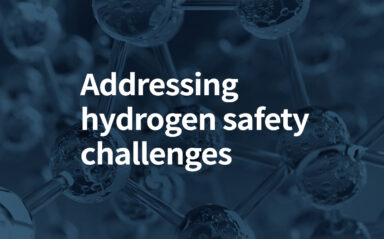
Addressing hydrogen safety challenges
The key technical challenge is the development of a safe hydrogen system. Even though hydrogen is considered safer for the environment, its flammability, buoyancy, ability to embrittle metals, and other properties that require engineering control make designing a safe hydrogen system a challenging process.

How to simulate ammonia releases
Releases of ammonia can have potentially harmful effects on workers and the public. If ammonia is under pressure, the risk of exposure increases since larger quantities of the refrigerant has the potential for rapid release into the air.

Beirut port explosion: What we know from previous explosions caused by ammonium nitrate
The Beirut port explosion was caused by 2,750 tonnes of ammonium nitrate stored unsafely in a warehouse.